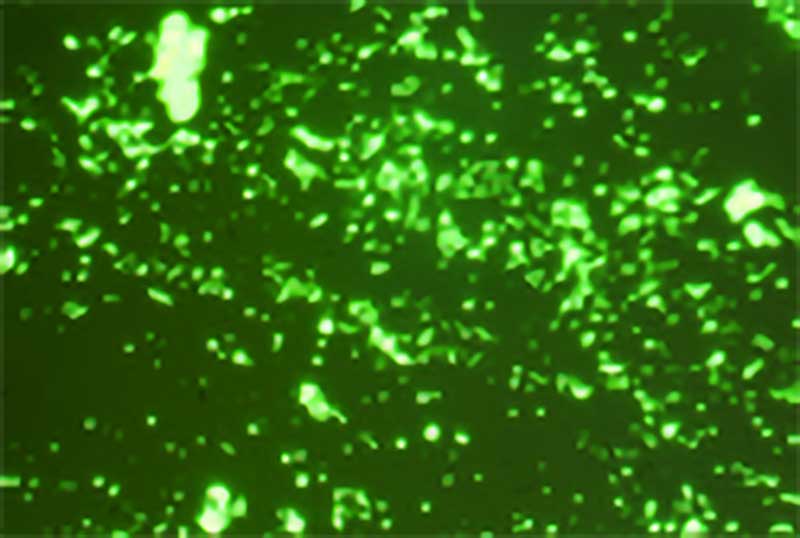6 Feb 2025
RVC research highlights genes contributing to the biggest risks in Thoroughbreds.

Image: © Gabriel Cassan / AdobeStock
RVC researchers hope work to identify more than 100 genes that may contribute to bone fracture risk in Thoroughbreds will inform future studies.
They hope their findings will inform further research into genetic risk factors to contribute to health and well-being efforts and support the development of novel interventions that reduce fracture risk further in horses.
With the forces bones in Thoroughbred racehorses can experience, bone fractures are common and can be a leading cause of euthanasia – causing up to 60 racecourse deaths a year.
But it has long been felt fractures are a complex condition with environmental and genetic risk factors at play.
Debbie Guest, senior research fellow at the RVC, led a team using a polygenic risk score for fracture risk so they could establish a new model with stem cells to make bone-forming cells from horses at both high and low risk.
The team measured every gene expressed by the cells to identify those with different expression levels in the bone cells from horses at higher versus those at lower risk.
In total, 112 genes involved in fracture risk were identified, demonstrating many genes regulate the bone matrix.
However, with many of the genes having not been studied in bone before, the research team said more work was now needed to help them understand the function of the genes in bone cells and the part they play in fracture risk.
Dr Guest said: “Bone fractures are a common problem in Thoroughbred racehorses, despite many changes to racecourses over the years to reduce environmental risk factors. We know that fracture risk has a genetic component and we have previously developed a polygenic risk score for fracture to allow us to identify horses at increased risk.
“In this study, we have identified many new genes that have altered expression in bone cells from high-risk horses. For some of these genes, we know that they play a role in regulating the bone matrix.
“We can now begin to develop a deeper understanding of how bone tissue is altered in high-risk horses and new interventions to reduce their risk.”
A previous study on fractures found the collagen type III gene is expressed at lower levels in bone cells from horses with a high genetic risk of fracture.
Additional research is now planned to validate the risk-scoring system in another cohort of horses, with further studies likely to use the system and cell model to identify other genes and processes.
The research was funded by the Horserace Betting Levy Board, the Anne Duchess of Westminster Charitable Trust and The Alborada Trust.
Further details of the study are online.
